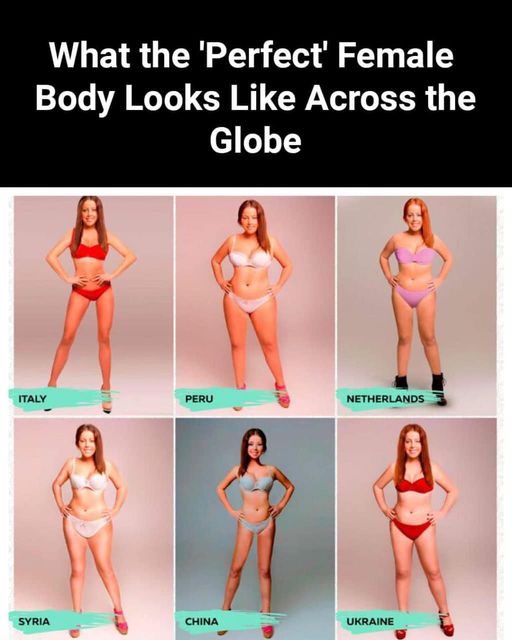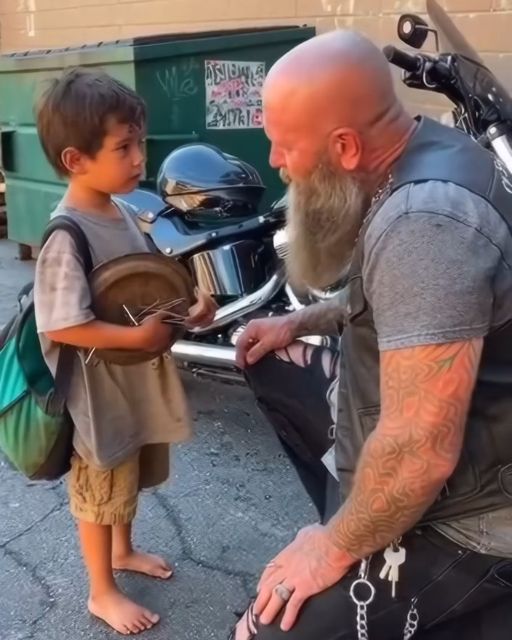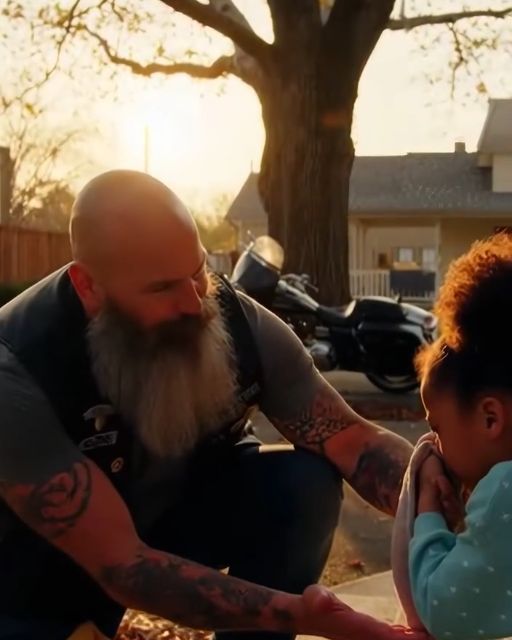Beauty standards vary widely across the globe, much like how languages differ from region to region. This concept became highly popular in 2014 when journalist Esther Honig went viral for sending her picture to graphic designers worldwide, asking them to make her look ‘beautiful.’
This trend inspired others, including biracial Priscilla Yuki Wilson and Marie Southward, who added a ‘plus-sized twist.’ In 2014, an online doctor service based in the UK, OnlineDoctor.SuperDrug.com, teamed up with the content marketing agency Fractl to conduct a similar project. They sent a stock image of a woman in her underwear to graphic designers in 18 countries, ranging from the UK to Syria, to explore how beauty perceptions differ globally.
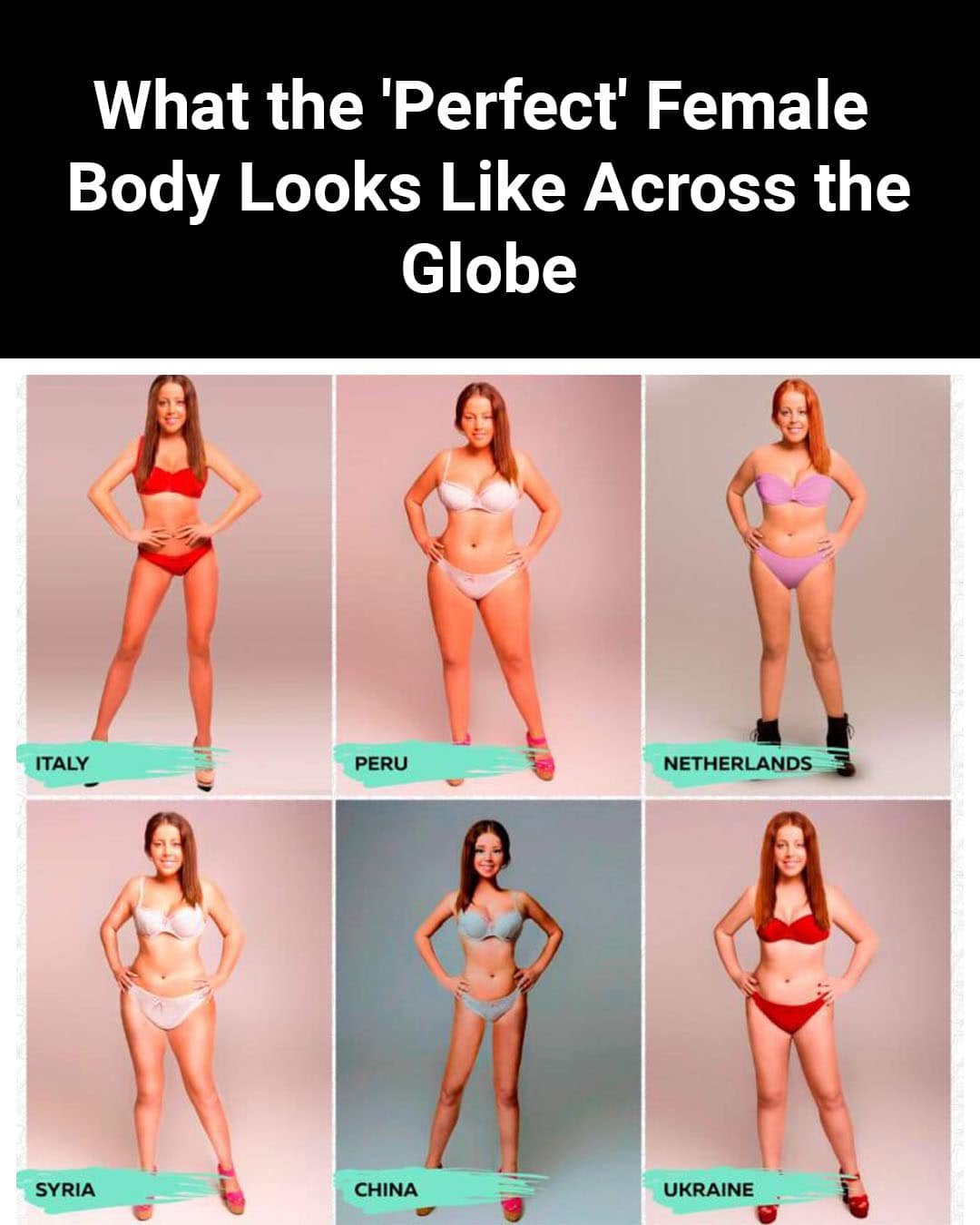
The results varied significantly when it comes to beauty standards
Philippines
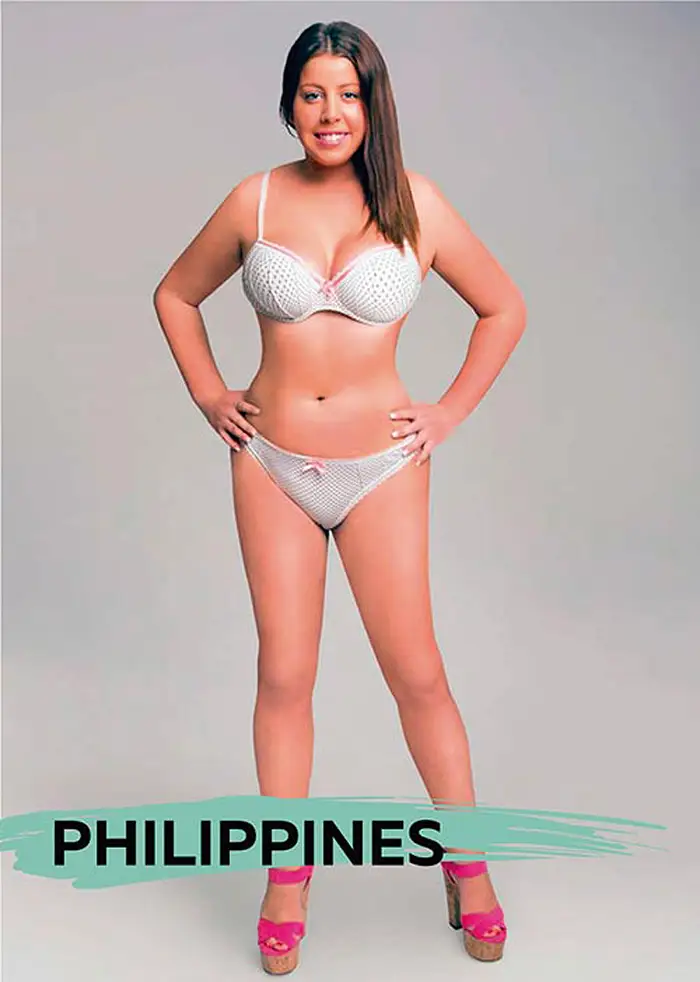
In the Philippines, the perception of beauty leaned towards a skinnier figure with darker hair.
USA
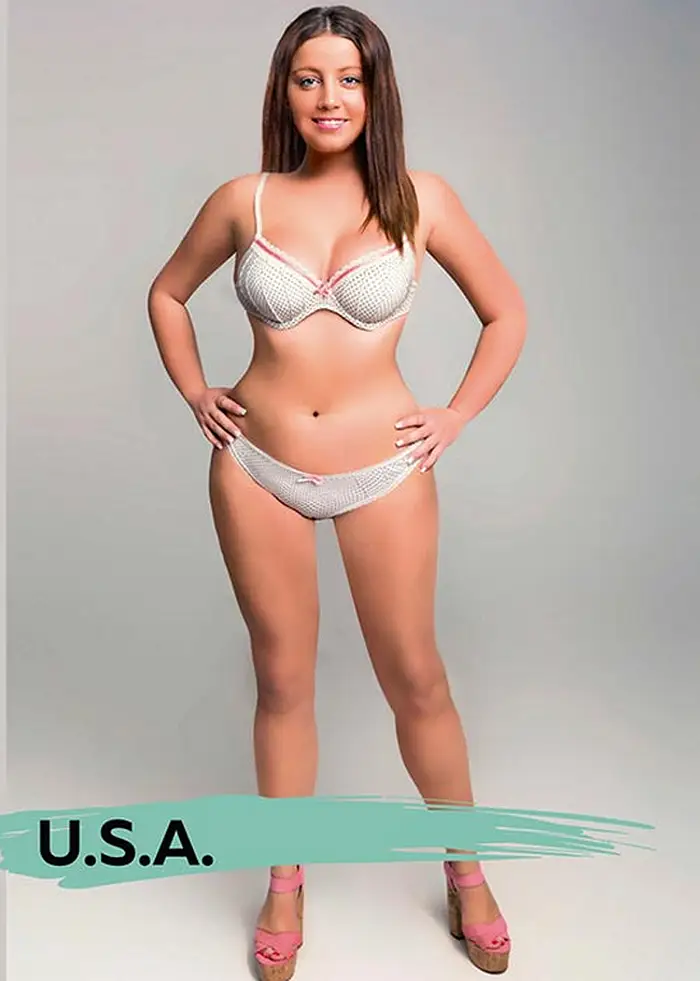
In the United States, the ideal beauty included a thigh gap, a flatter stomach, and a heavily airbrushed face.
China
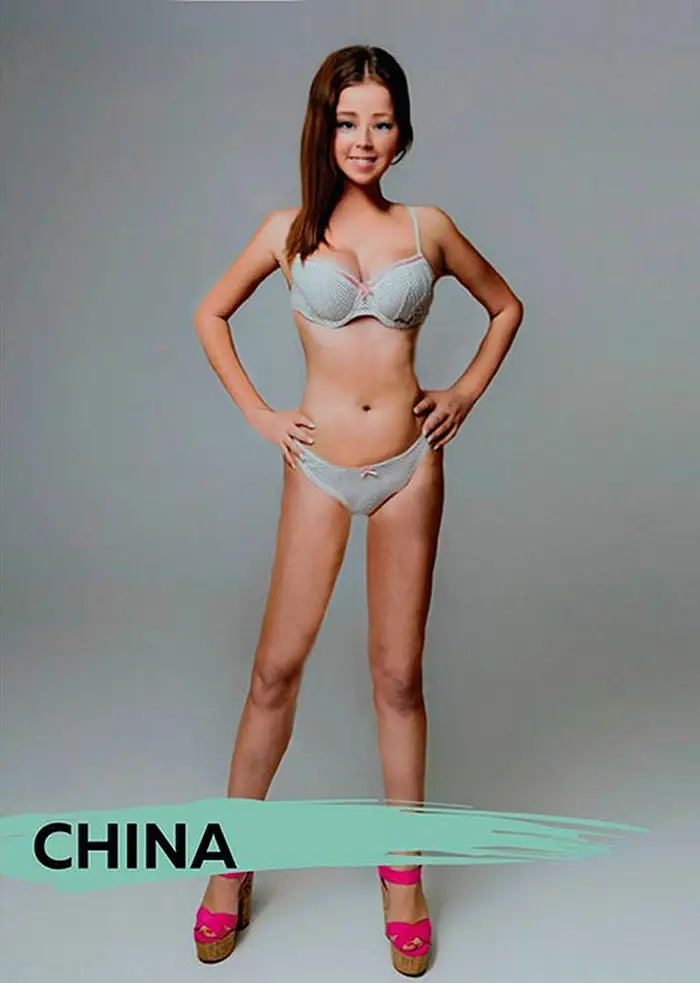
China’s version was the most altered, with an estimated weight of about 100 pounds. The model’s face, hair, underwear, and overall body were significantly transformed.
Colombia
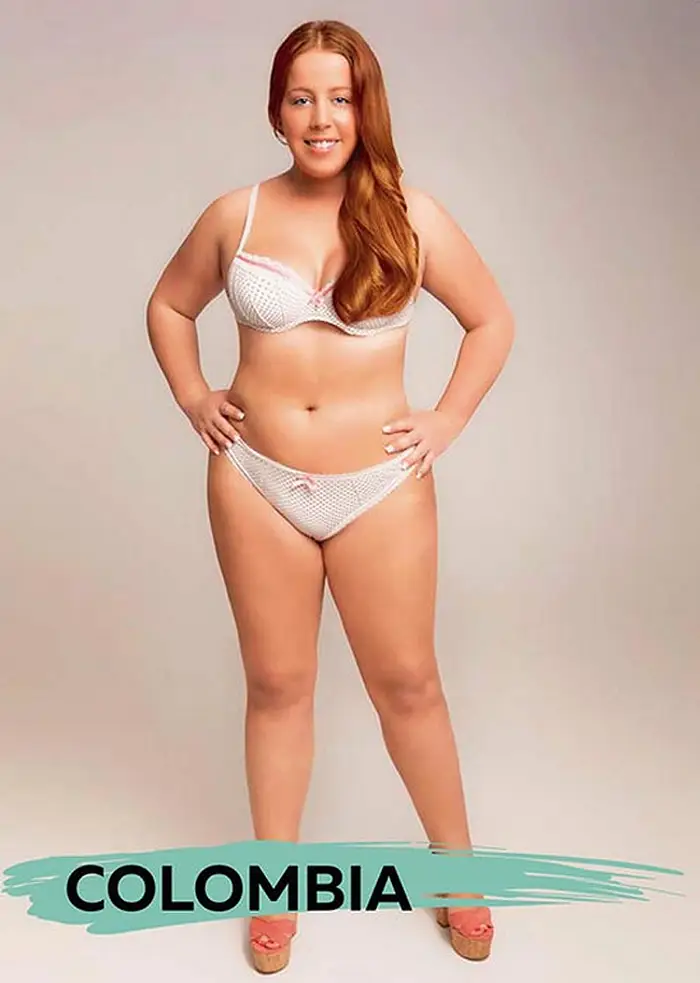
Colombia’s interpretation preserved a curvier design with subtle changes like more hair and a less orange skin tone.
Egypt
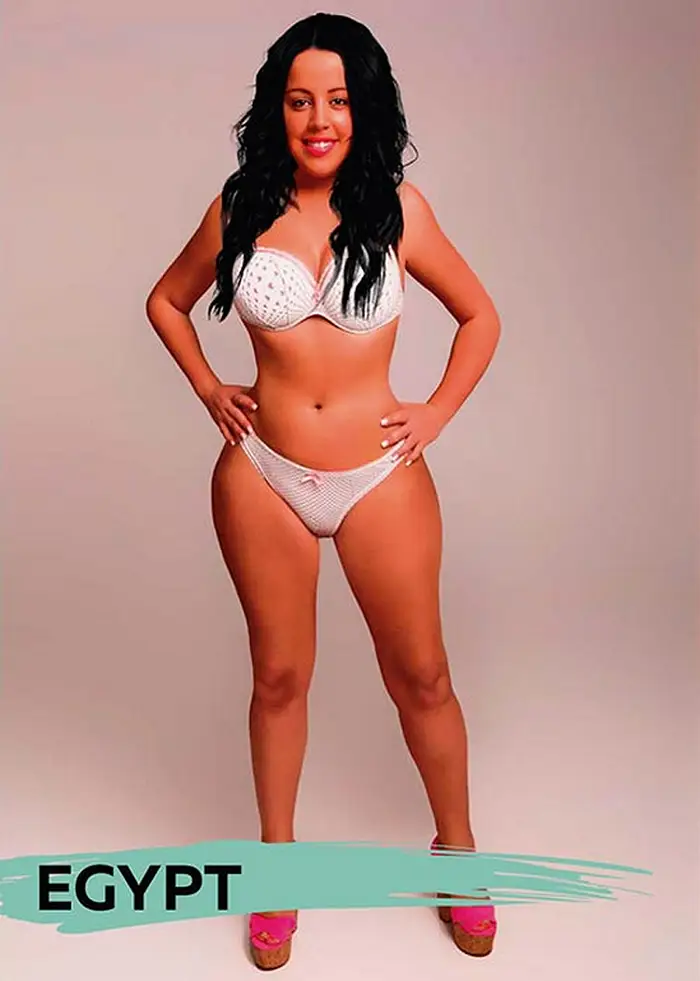
Egypt added an orange hue, a tiny waist, and black hair to the model’s look.
Italy

Italy’s version was almost as thin as China’s, along with changes to the color of the underwear and shoes, presenting a very different perception of beauty.
The Netherlands
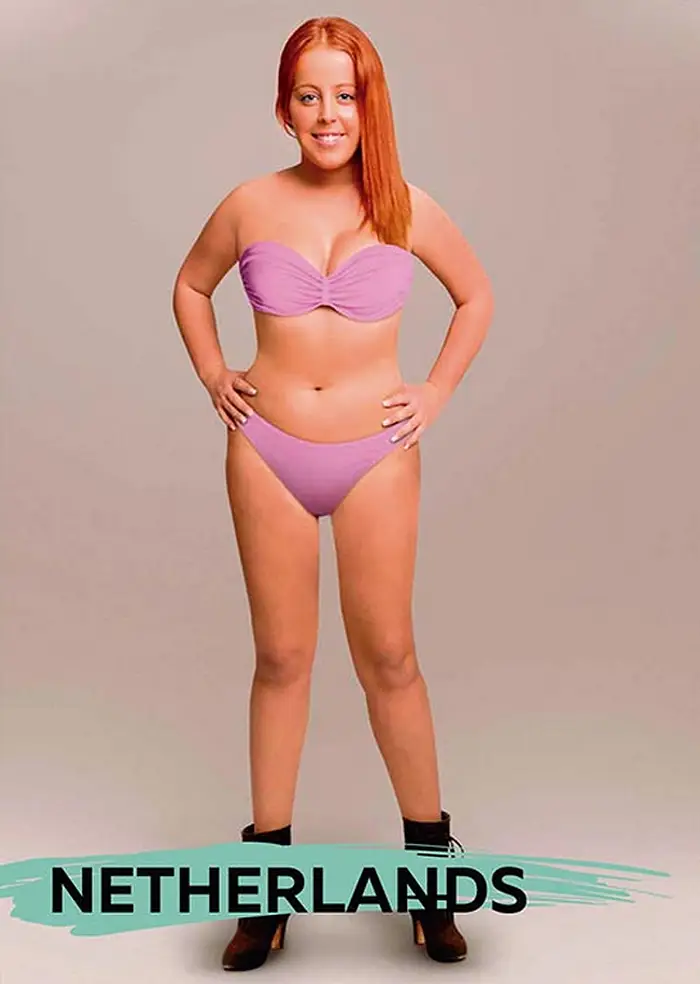
The Netherlands lightened the woman’s hair, made her legs thinner, and added boots and a pink bikini.
Peru

Peru focused on making the model’s arms and stomach thinner, along with changes to the eyes.
Romania
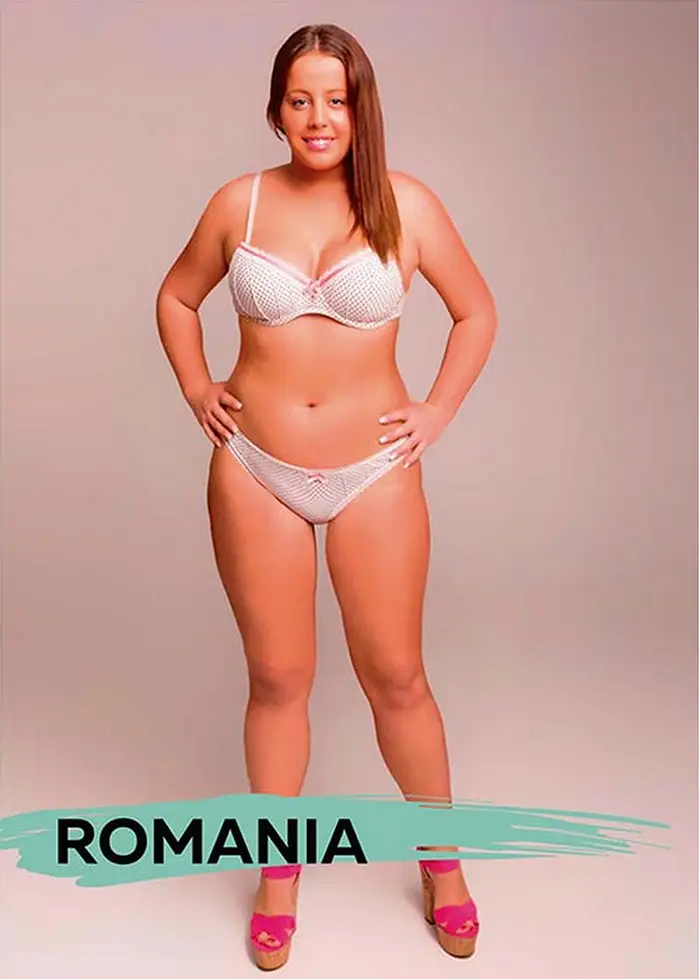
Romania adopted an orangey hue and shaved off inches around the body.
South Africa
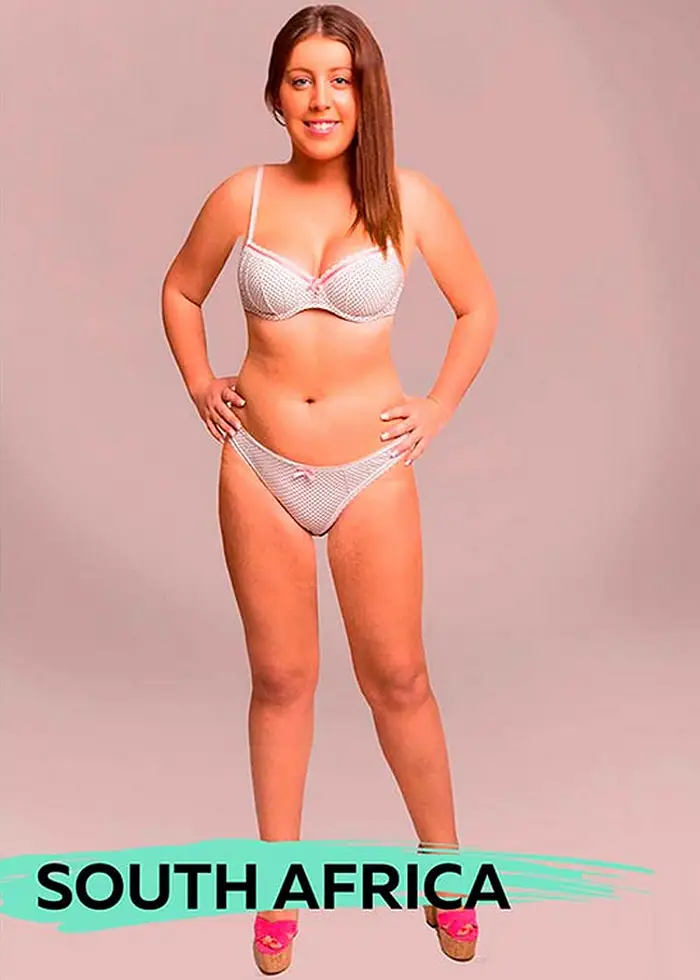
South Africa showcased a thinner and taller version of the model.
Spain
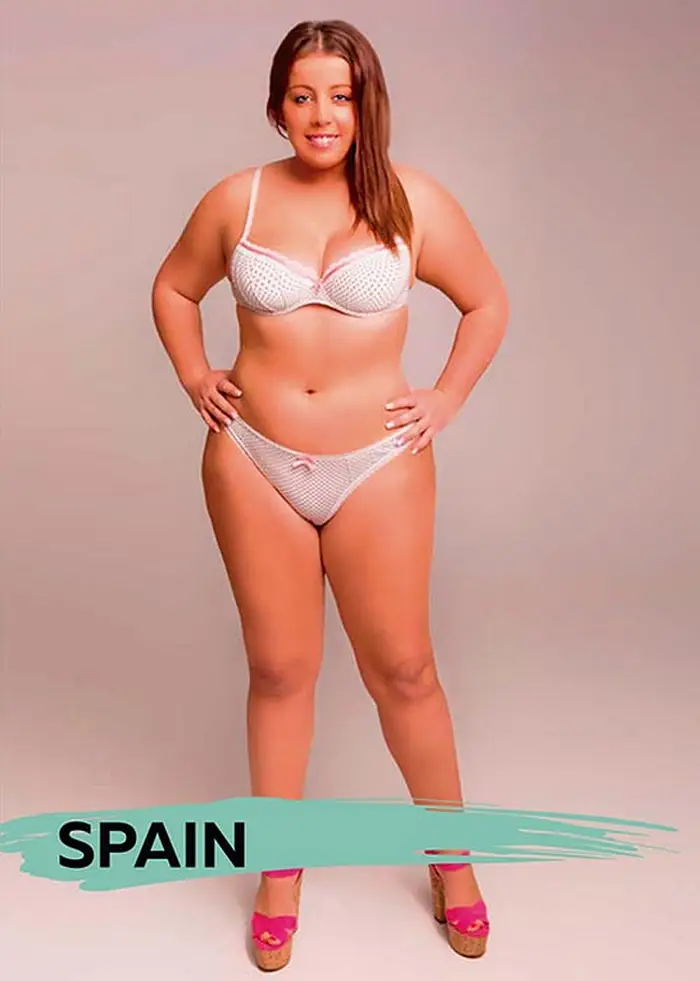
Spain maintained a curvier appearance compared to other countries.
Mexico
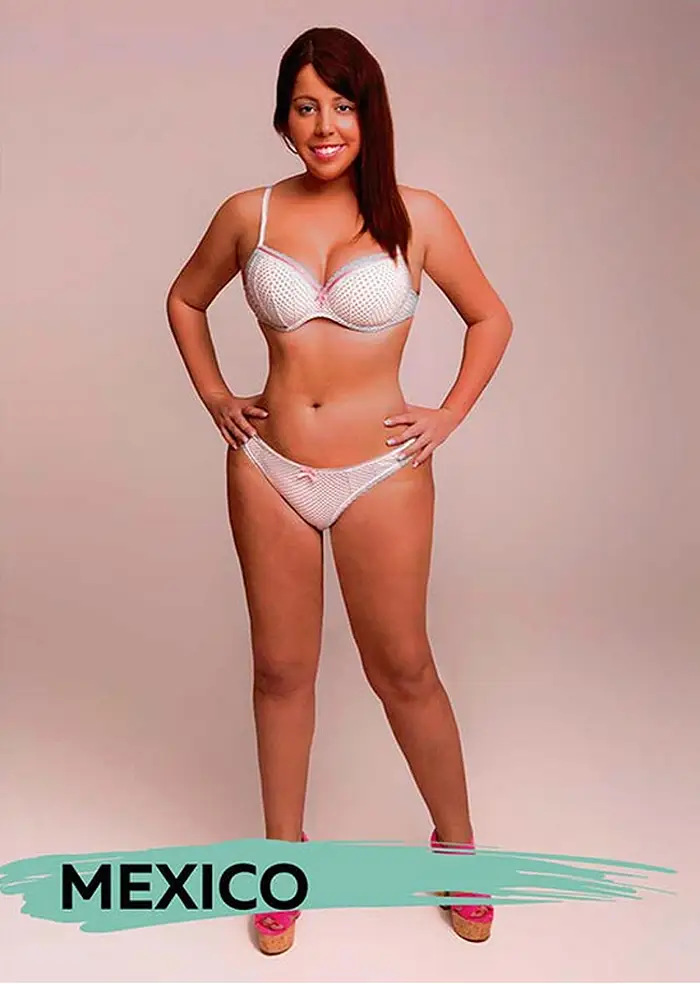
Mexico gave the woman a more realistic tan and brown hair.
Syria
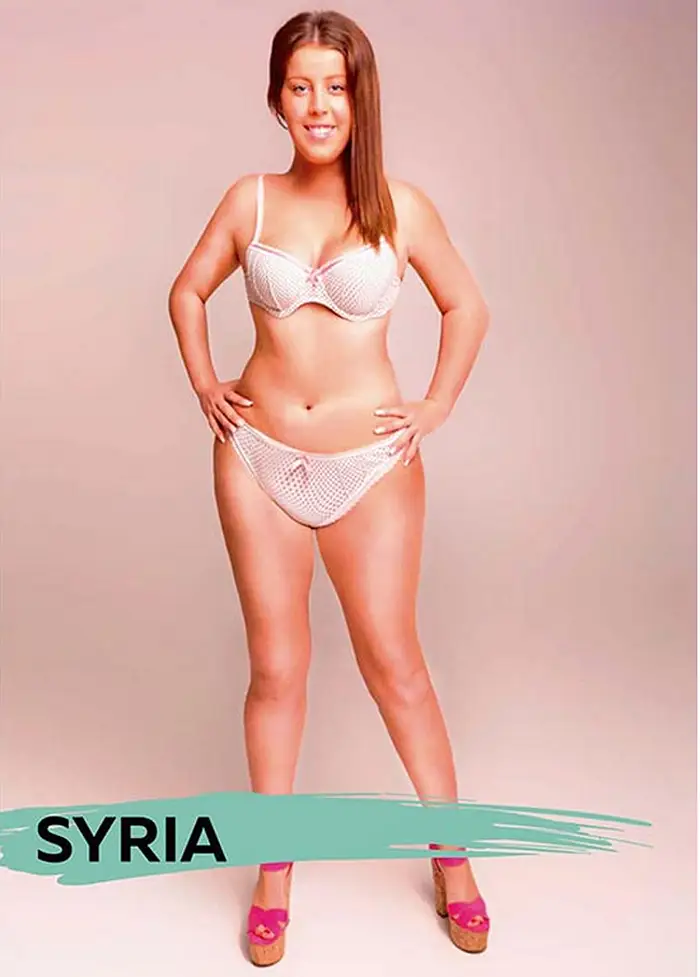
Syria’s makeover appeared a little unusual, differing from the others significantly.
The UK
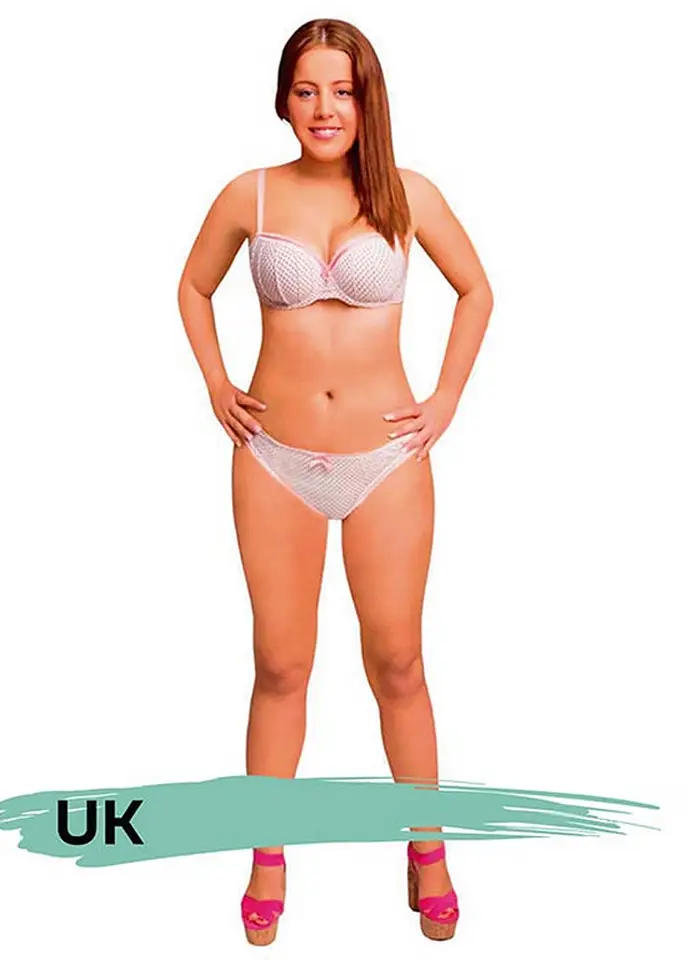
The UK kept things simple with a white background and gave the model a much trimmer body.
Ukraine
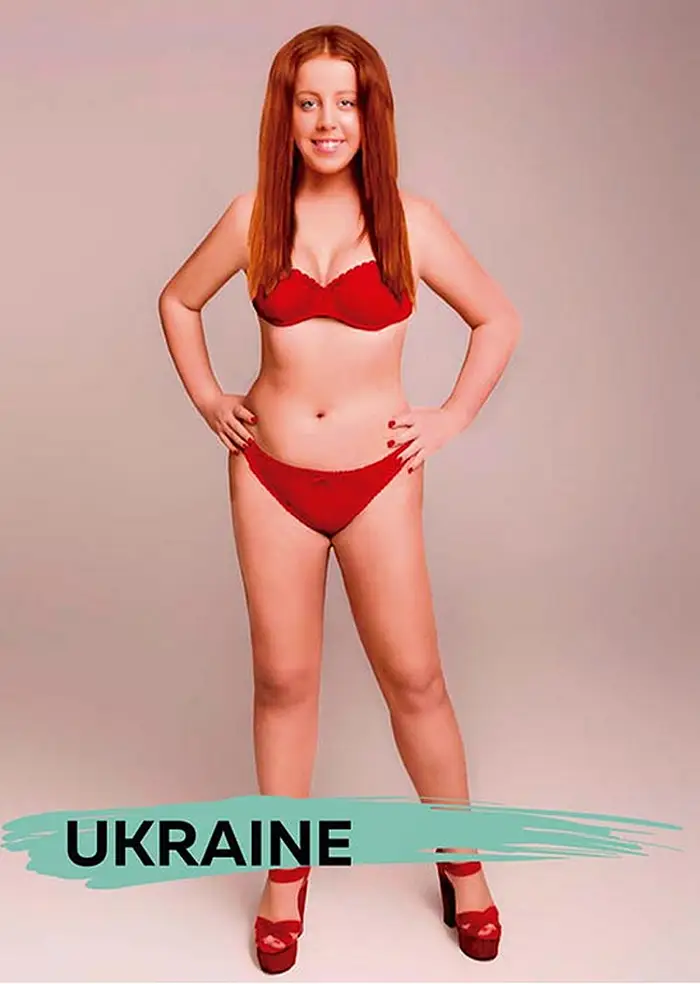
Ukraine aimed to give the model’s hair more volume while drastically altering her body and the color of her underwear and shoes.
Argentina
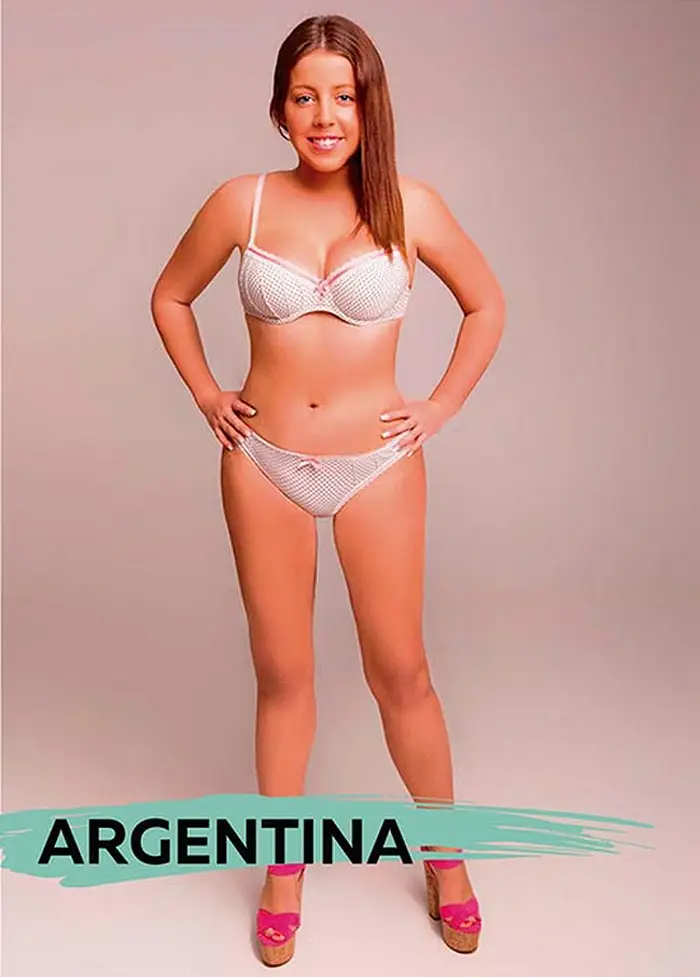
Argentina’s submission included a virtual tummy tuck and breast lift for the model.
Venezuela
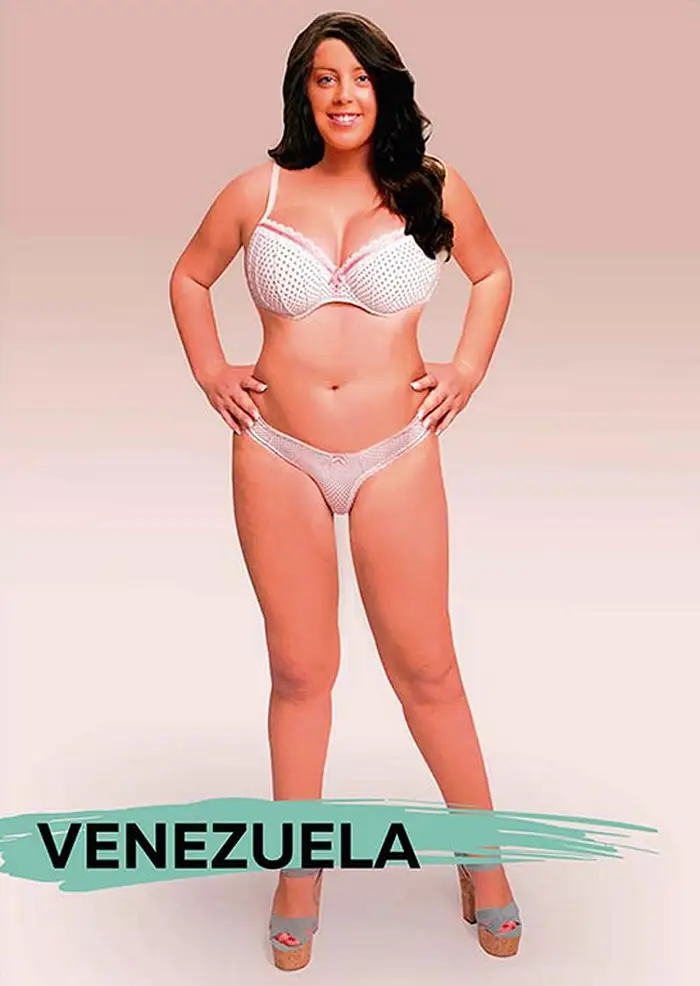
Venezuela lightened the model’s skin tone and gave her long, wavy dark hair.
According to the Fractl team, “Some designers in North, South, and Central American countries produced an exaggerated hourglass figure,” while designers in Europe and Asia opted to portray the model as extremely thin. These diverse beauty standards emphasize the subjective nature of beauty across different cultures.
As for the perception of beauty, it seems people just see things differently
When comparing these images, it’s clear how unrecognizable the original picture became through Photoshop tweaks to match regional beauty ideals. China’s submissions were the thinnest, Spain’s the heaviest, and China’s the lightest.
The main takeaway from this is that beauty comes in all shapes, sizes, and colors. It’s impossible to meet every standard set by society. Instead, it’s best to accept and embrace who you are and be true to yourself.
